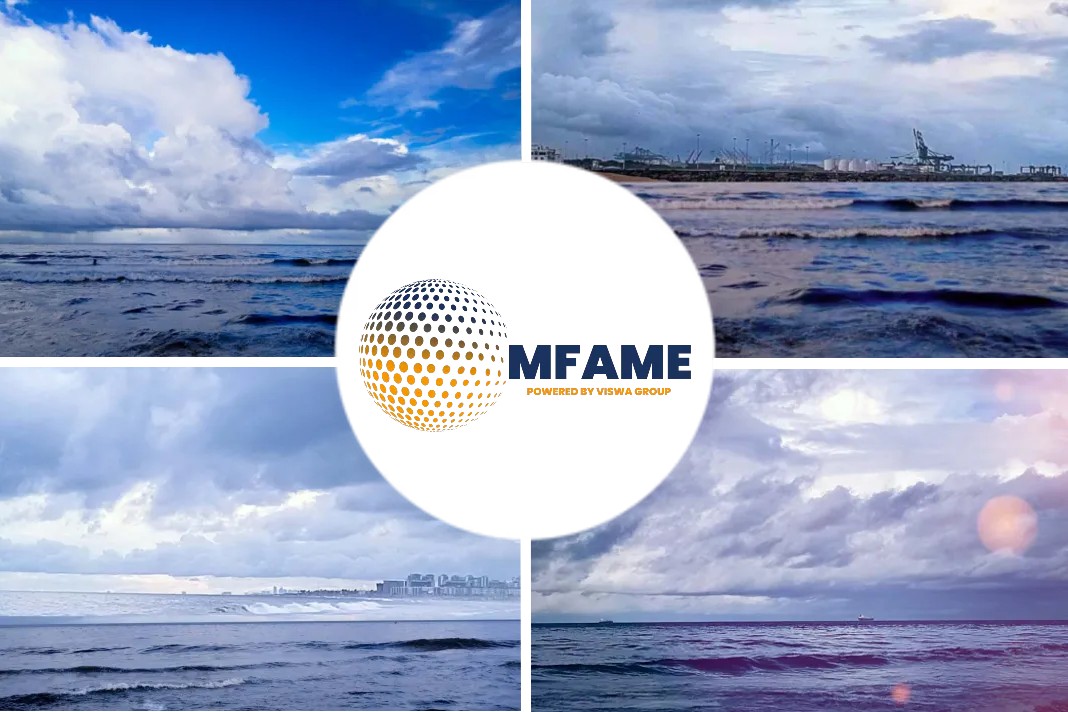- The Clean Arctic Alliance calls upon IMO member states to require ship operators to switch from heavy fuel oil or VLSFO to distillate fuels.
- They are also encouraged to use other cleaner alternative fuels when operating in or near the Arctic to tackle black carbon emissions.
- The VLSFO is currently the most widely adopted solution to meeting the IMO’s global low sulfur mandate.
- In 2017, the Arctic Council established a target of a 25-33% reduction in black carbon emissions below 2013 levels by 2025 for all sources.
- The Clean Arctic Alliance consists of various not-for-profit organizations committed to a ban on HFO as a marine fuel in the Arctic.
A recent news report published in Platts written by Surabhi Sahu deals with features concerning uncertainty around composition of new very low sulfur fuel oils and urgent action needed to reduce black carbon emissions from ships.
Steps taken by IMO Member States
“While IMO Member States have spent over a decade considering black carbon emissions from shipping, defining black carbon, deciding how best to measure black carbon, there has so far been no action agreed to reduce black carbon emissions from shipping,” Clean Arctic Alliance lead advisor Sian Prior said July 23.
In 2011, the United Nations Economic Commission for Europe urged the IMO to act on black carbon.
While in 2013-14 the Climate and Clean Air Coalition, or CCAC, renewed a call for action on black carbon emissions from shipping.
Black emission still on high
An earlier study was submitted to the IMO, indicating that the new VLSFO blends could potentially be highly aromatic and therefore increase black carbon emissions.
Still, black carbon emissions from shipping in the Arctic are rising while considerable uncertainty around the composition of new VLSFOs.
The relative importance of the paraffinic and aromatic content, and the emissions that result from these new fuels is adding to the conundrum, the statement said.
International Bunker Industry Association
“IBIA [International Bunker Industry Association] and others explained to an IMO meeting (PPR 7) in February 2020 that the fuel specimens used in the BC [black carbon] measurement study were not representative of most VLSFOs that were actually in the market,” IBIA director Unni Einemo said in a statement July 15.
Einemo also said claims relating to a recent article of VLSFO’s paraffinic hydrocarbons contributing to black carbons were also questionable.
It is vitally important that uncertainties around the composition of VLSFOs do not delay urgently-needed action to reduce black carbon emissions from ships, Clean Arctic Alliance’s Prior said.
No delay anymore
- It is important that uncertainties around the composition of VLSFOs do not delay urgently-needed action to reduce black carbon emissions from ships.
- There is also a lack of publicly available, independently validated data from measurements of VLSFOs.
- Black carbon is a short-lived climate forcer and it is the strongest light-absorbing component of particulate matter.
- It is not only a critical contributor to human-induced climate heating, but also has an adverse impact on human health.
“A switch from HFO to distillate fuels will reduce black carbon emissions by around one-third,” Clean Arctic Alliance’s Prior said.
“This would then allow the installation of an efficient particulate filter (already required for road transport) which would reduce black carbon emissions by over 90%,” Prior added.
Did you subscribe to our daily newsletter?
It’s Free! Click here to Subscribe!
Source: Platts
















